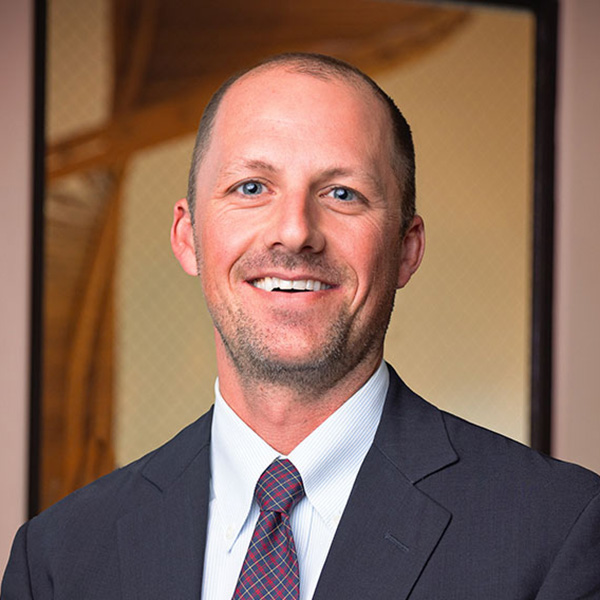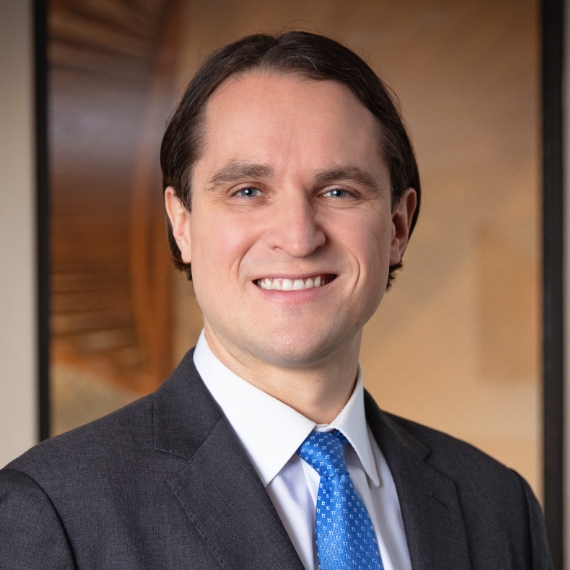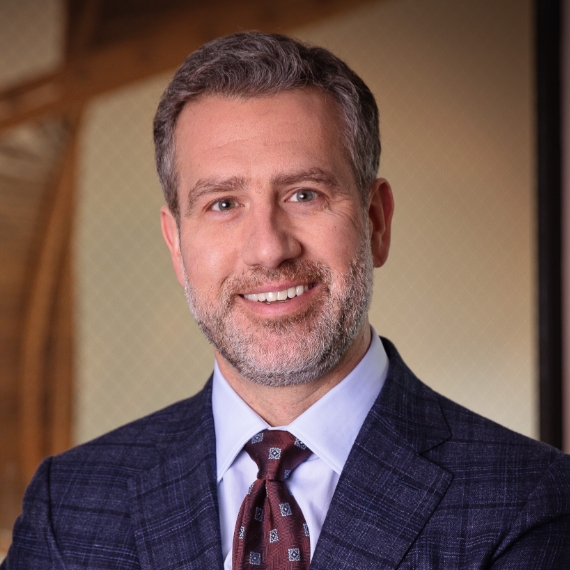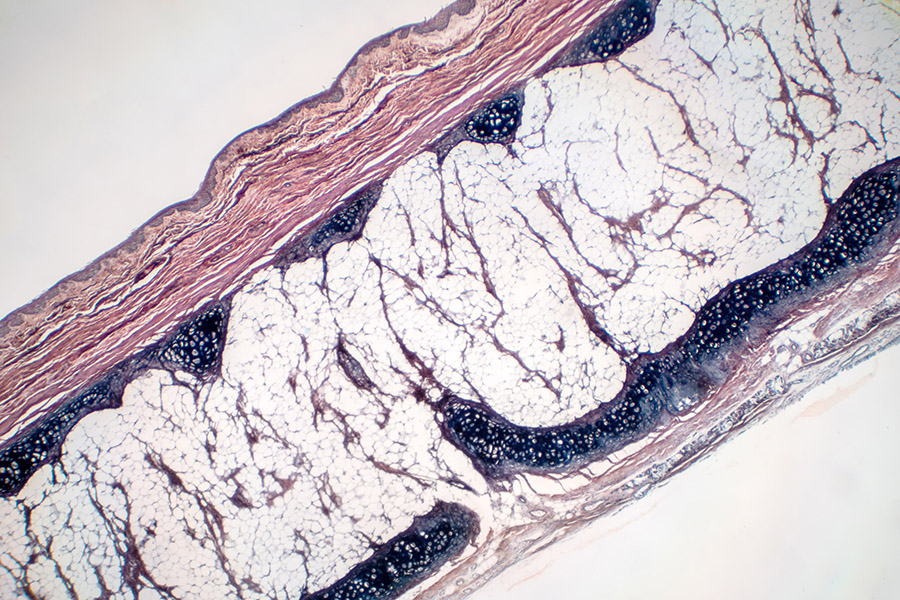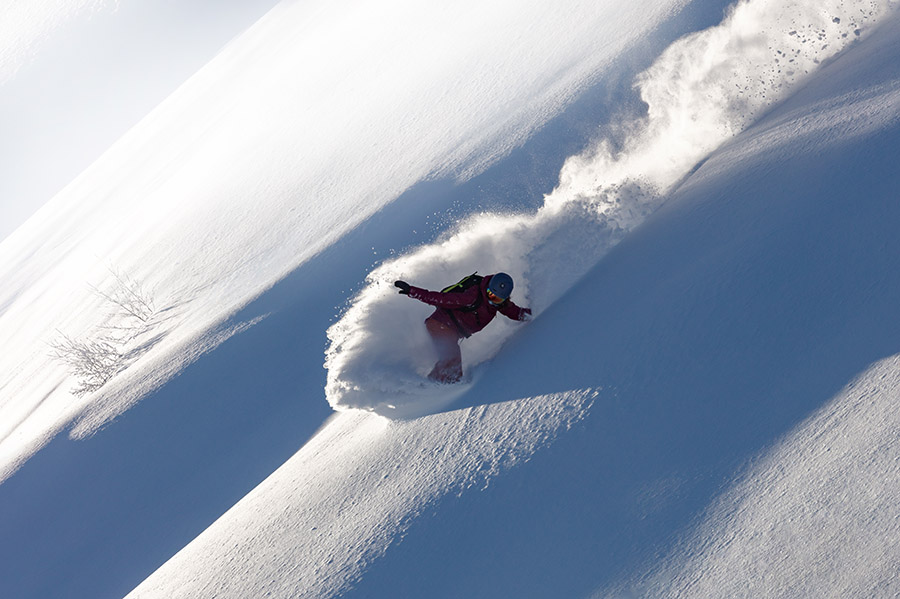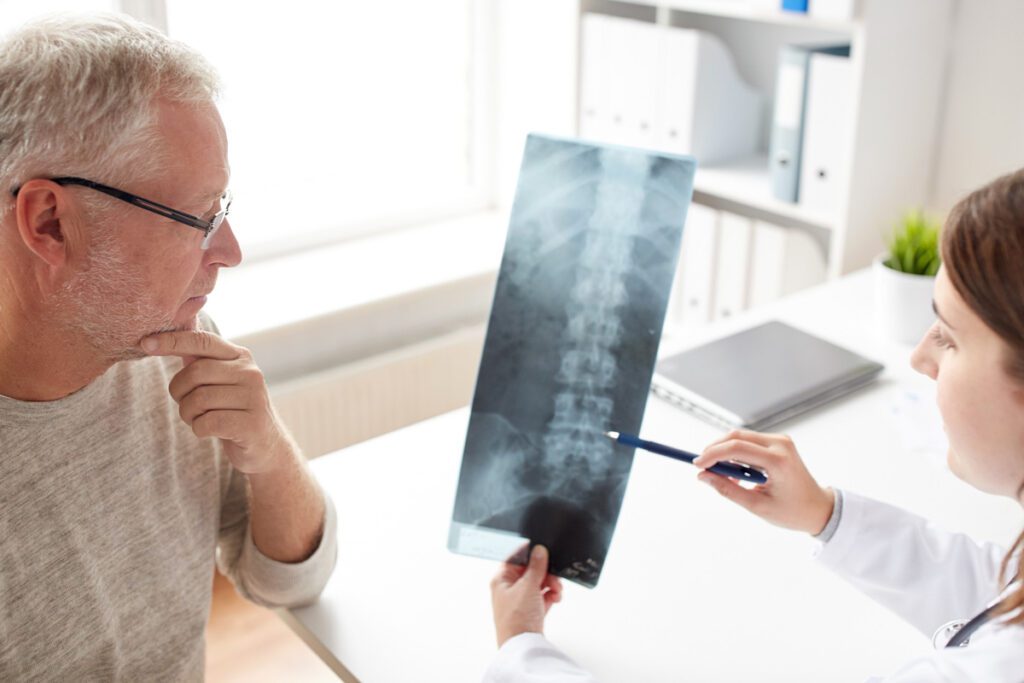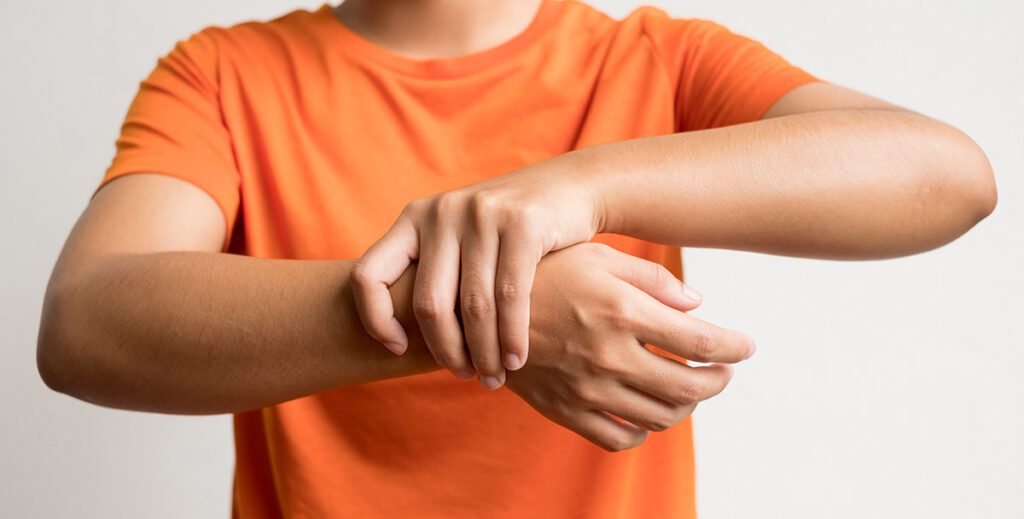

Spinal Stenosis
When the space around the spinal cord becomes too narrow, the spinal cord becomes irritated and develops into spinal stenosis. The condition causes symptoms in the back and neck to manifest, extending to tingling in the arms and legs. Spinal stenosis has several treatment options and can be caused by a range of factors.
What is Spinal Stenosis?
Spinal stenosis is relatively common, affecting people over the age of 50 most often, and usually develops in the lower back and neck (cervical spine). Spinal stenosis can occur in the middle back (thoracic spine), but it is rare.
Spinal stenosis is the narrowing of one or more spaces within the spinal canal, which is the tunnel that runs through each of the vertebrae in the spine and contains the spinal cord. When there is less space in the spinal column, the cord and nerves that branch off begin to cramp. Due to the minimal space and cramping, the spinal cord and nerves become compressed pinched, and irritated, leading to nerve issues like sciatica and back pain.
Spinal Stenosis Symptoms & Causes
Spinal stenosis symptoms depend on where it has developed and the severity of the condition. Depending on the location, a person can experience the following symptoms in their back, arms, neck, hands, legs, or feet:
- Numbness
- Pain
- Tingling
- Weakness
Symptoms of spinal stenosis gradually develop. It isn’t unusual for patients to not notice them for a while and they may come and go.
For specific areas, symptoms include:
- Lower back pain
- Pain that begins in the buttocks and extends down to the leg
- Legs feeling heavy
- Cramping in one or both legs
- Numbness or tingling in the leg, foot, or buttocks
- Pain that worsens when standing for long periods, walking, or walking downhill
- Pain that lessens when leaning forward, sitting, or walking uphill
- Problems with balance
- Decreased function in the hands
- Neck pain
- Numbness or tingling in the arm, hand, leg, or foot
- Weakness or clumsiness in the limbs
Spinal stenosis causes include a range of injuries, conditions, or changes, which are divided into two groups:
- Bone overgrowth due to osteoarthritis
- Bulging or herniated disks
- Thickened ligaments, usually due to arthritis
- Spinal fractures and injuries
- Spinal cysts or tumors
Spine formation issues during fetal development and inherited genetic conditions, such as:
- Achondroplasia: a bone growth disorder
- Spinal dysraphism: nerve roots or spinal cord don't form properly during development, such as Spina bifida
- Congenital kyphosis: when a child's spine curves outward more than it should.
- Osteopetrosis: a rare genetic condition that causes a child's bones to grow abnormally, becoming too dense
- Hereditary multiple exostoses: a rare genetic condition that causes several small bone growths that can affect the spinal canal when on the vertebrae.
Spinal Stenosis Treatment & Diagnosis
To diagnose spinal stenosis, the healthcare provider will ask about symptoms and perform a physical exam. They’ll feel the spine, pressing on different areas to see what area of the back the pain is stemming from, and have the patient bend in different directions to see if certain spine positions create the symptoms. They’ll also order imaging tests, such as:
- Spine X-ray
- MRI
- CT Scan
- CT Myelogram
There are several options for spinal stenosis treatment, depending on the causes, location of the stenosis, and the severity of the symptoms. If it’s a mild case, the doctor will likely recommend at-home care first, such as:
- Applying heat
- Applying cold
- Exercises according to the doctor’s recommendations
There are also non-surgical treatments for spinal stenosis that a doctor can provide, including:
- Over-the-counter nonsteroidal anti-inflammatory medicines
- Physical therapy
- Steroid injections
If the spinal stenosis is complex and conservative treatments have failed to provide relief, a doctor may recommend spinal surgery. This is highly uncommon, but types of operations include:
The most common type of surgery for spinal stenosis, which involves removing a portion of the vertebra and maybe some ligaments, and bone spurs to make more room for the spinal cord.
Note: Laminotomy is a partial form of the surgery listed above.
Specifically for cervical spinal stenosis (spinal stenosis of the neck), where a part of the lamina is removed to provide more space, and metal plates, and screws are used to create a hinged bridge.
Removing bone or tissue in the area where the nerve roots exit to provide more space.
A minimally invasive surgery where spacers are inserted between two bones that extend off the back of each vertebra, which helps to keep the vertebra apart and create more space for the nerves.
This surgery is a last resort and involves fusing two vertebrae together permanently.
Spine Doctors
Request an Appointment
Resources
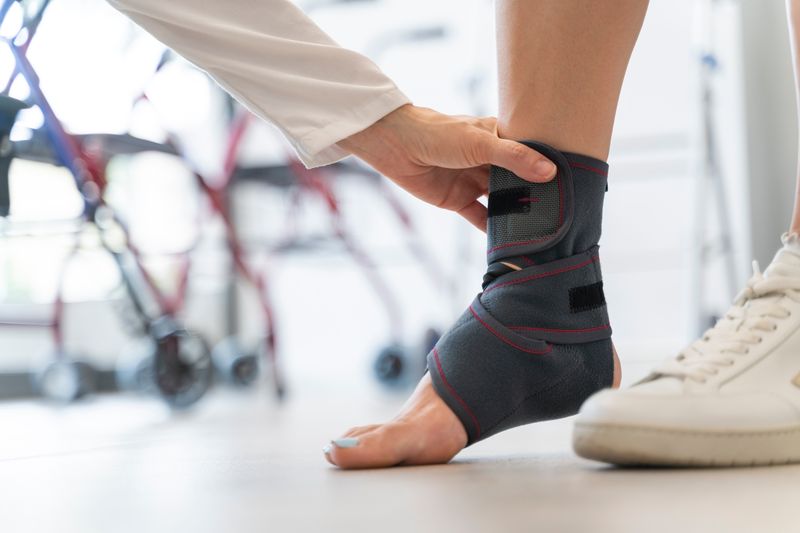


All About Compression Fractures: Causes, Symptoms, and Treatment Options
A vertebral compression fracture is where adjacent vertebral bones are compacted against each other. Osteoporosis, traumatic injuries, or tumors can cause this fracture. Continue below to learn more about the causes, symptoms, and treatment options for compression fractures. What Are Compression Fractures? Compression fracture is a type of fracture in
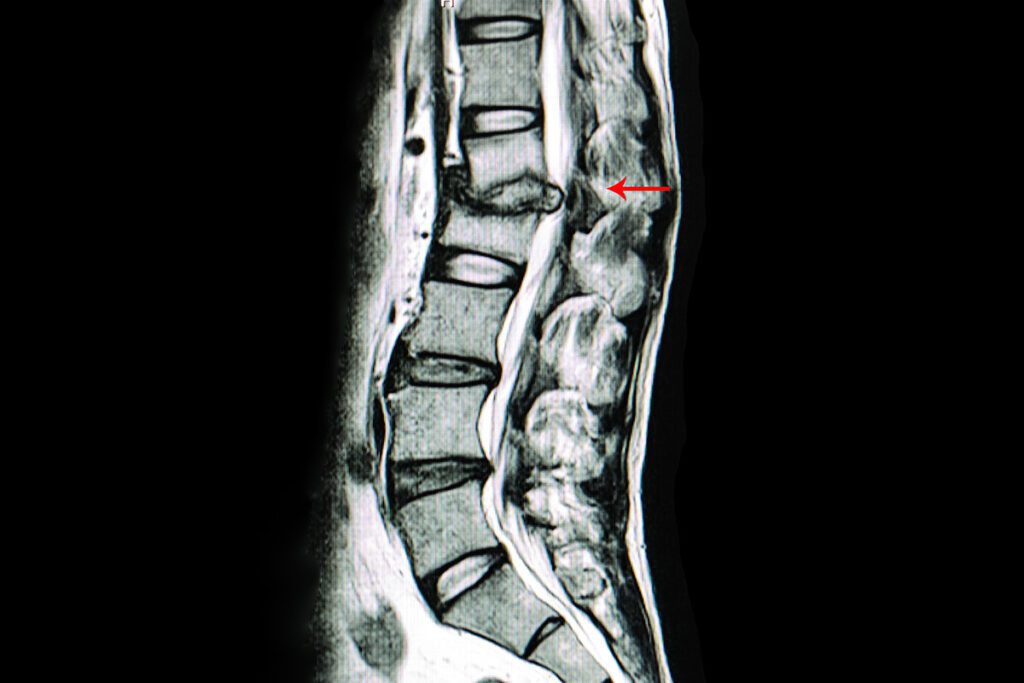


Disc Protrusion
Disc protrusion is a common type of spinal disc deterioration that causes neck and back pain, but can be referred to in other ways. This type of spinal condition often comes with age and if felt, can cause someone alarm; but, it’s a common type of spinal condition that can

